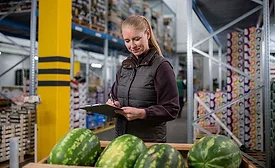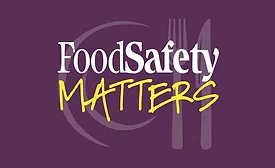Home » Keywords: » transparency
Items Tagged with 'transparency'
ARTICLES
Digitized Supply Chains Deliver Improved Visibility, Traceability, and Happy Customers
Technology upgrades are needed to serve increasingly complex, global markets more efficiently and effectively
October 6, 2023
Digital Transformation of Supply Chains to Meet Foreign Supplier Verification Program Requirements
A move toward digitalizing supply chains may offer solutions to some of the challenges of FSVP compliance management
August 7, 2023
Food Safety
How to keep traceability on track
Technology developers and program operators must make a compelling case for traceability if systems are to become omnipresent.
March 4, 2020
Why data is key to complete supply chain traceability in food & beverage
The benefits of traceability for companies along the supply chain make it an essential undertaking.
February 5, 2020
Study: Blockchain to save food industry $31B by 2024
Research found that IoT and blockchain will add significant value to players involved in the supply chain, from farmers to retailers and consumers.
December 11, 2019
Food Safety
How to handle notifying the public about recalls
Experts from the CDC, USDA and others debate how much information should be shared with the public during recalls and outbreaks
August 20, 2018
Transparent test patch signals contamination as it happens
The new technology has the potential to replace the traditional “best before” date on food and drinks.
April 30, 2018
Never miss the latest news and trends driving the food safety industry
eNewsletter | Website | eMagazine
JOIN TODAY!Copyright ©2025. All Rights Reserved BNP Media.
Design, CMS, Hosting & Web Development :: ePublishing













